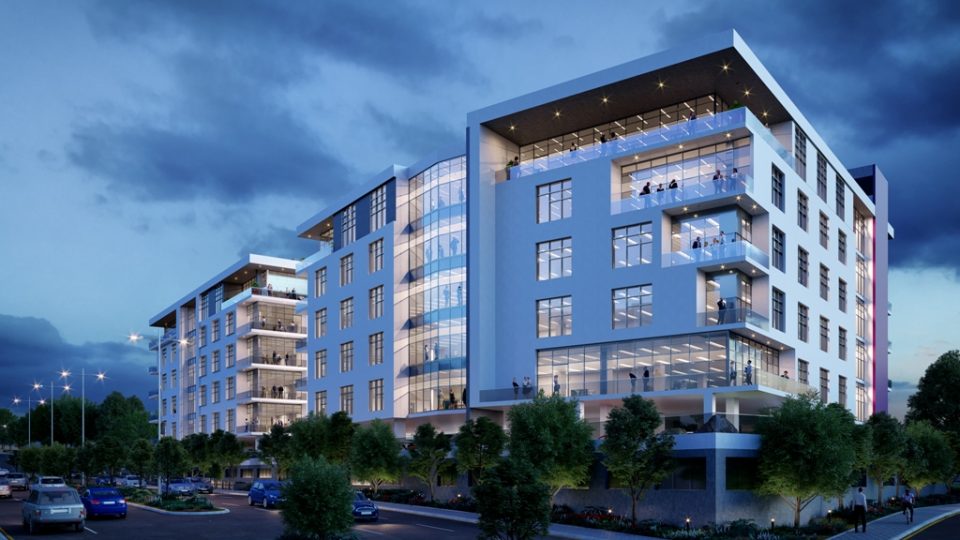Garden City Business Park and Pam Golding Commercial have today released the first annual Commercial Office Real Estate Market Report 2020, assessing the performance of commercial property in the real estate sector over the last five years and projecting the outlook for 2020 and beyond.
The report highlights that competition is becoming fierce, rental levels have continued to soften, incremental take up and absorption levels have been lower than expected, whilst a reduction in the delivery of new products is taking time to respond.
As a result, recently completed buildings are facing challenges with low occupancy levels. But it’s also important to compare like for like (Grade A offices vs Grade B) as well as location, quality and commercial terms.
The older office nodes are increasingly being avoided due to congestion and aging of buildings, poor asset management, limited car parking and lack of supporting amenities.
“Over the past 10 years, while the office market was experiencing an undersupply, many companies relied on opinions of key industry players for their market intelligence and evaluation. Data collection or more quantifiable market analysis was not needed, and therefore not conducted in such detail,” Neha Sahi, a Pam Golding commercial property consultant.
The research was a collaboration between Pam Golding and Garden City to provide market data reflecting on the sector’s performance over the past five years, and what market participants can expect going forward.
According to the research, the real estate boom started to slowly deflate from 2016 bringing a market correction that has affected most commercial developers.
“We thought it was important to understand how the market adjusted, and why, and to shine a light on the quality and quantity of actual commercial stock available. With this data we can give all of our landlords and office clients who are looking for new office premises the best advice,” said Sahi.
Garden City CEO, Chris Coulson said, “Our research shows that 2019 was a challenging year for the office sector and we believe the market is continuing to bottom out in terms of depressed rents and low absorption rates. Now is definitely the time to consider renting, negotiating good commercial terms and looking around for well-priced, modern Grade A space. We don’t expect these conditions to prevail, with a positive outlook for the medium term with improved rental levels to good quality office products.”
He highlighted the opening of newly completed offices at Garden City Business Park, saying the facility offers the only Grade A office space along Thika Super Highway. “We have seen an improvement in leasing activity from January and will be making more announcements soon as we work towards leasing up the first two office buildings,” he said.
According to the report, Kenya’s longer-term outlook remains fairly strong on the back of continued infrastructure investment by the government and growth in the private sector.
The Report’s highlights are as follows:
- The commercial property market began to decline around 2016 and to date, incremental take up absorption is yet to recover.
- Average office vacancy rates across Nairobi are estimated at about 25 per cent while some notable recent Grade A developments are experiencing high vacancy rates of between 50 per cent -70 per cent.
- Supply of grade A rentals has declined by 11 per cent compared to 2016.
- Rental prices are expected to remain fairly unchanged over the short term due to downward pressure arising from oversupply in the market, but the report predicts upward growth in rentals in the medium to longer-term with most of these denominated in local currency.
- Between 2009 and 2015 there was a relatively narrow gap between market demand and supply. From 2016 there has been seen a widening, resulting today in the lowest incremental take up since 2009.
The report notes that the government continues to make headway in improving business conditions in the country, and the directive to settle all pending public bills, along with retracting the interest rate caps have renewed optimism and growth prospects of the market.
Also, there has been a more recent uptick in economic activity driven by the government’s directive to increase private sector investment mostly through PPPs. CBK has lowered the benchmark lending rate to 8.25 per cent and the private sector credit grew by 7.1 per cent in 2019

